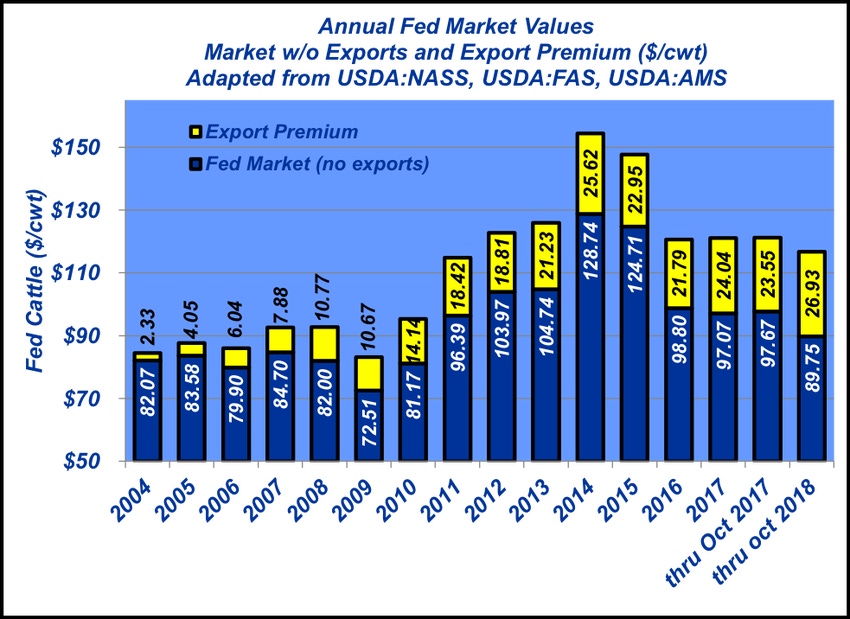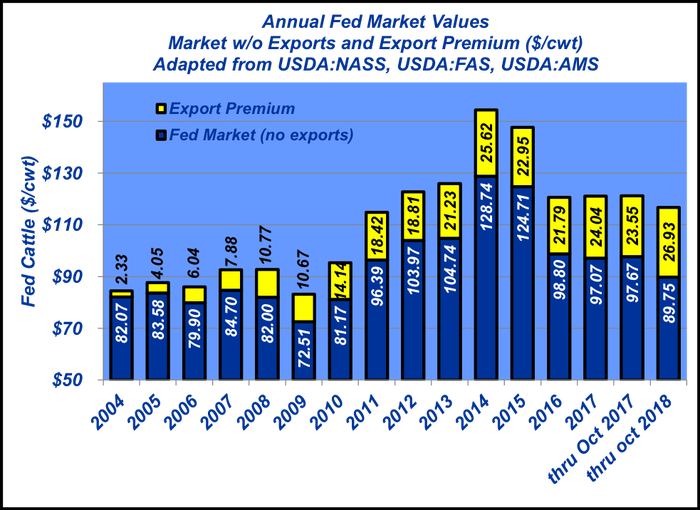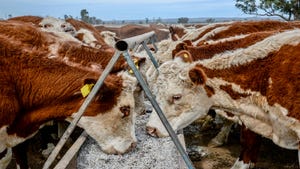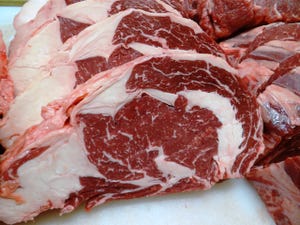Here’s why export trends in 2018 are important
The beef complex has been able to generate $6.8 billion in exports through the first 10 months of the year, nearly $1 billion ahead of 2017. With two months of data yet to go, it’s clear 2018 will be an epic year for beef exports.
December 19, 2018

International trade has arguably been the most important hot-button issue facing agriculture in 2018. On any number of fronts, there’s been concern about how tariffs and trade negotiations will influence various commodities going forward. And clearly, those concerns will continue to be pressing for agriculture.
In the meantime, though, the beef industry has seemingly slipped through the net of worry. And not only slipped through, but actually prospered in the face of all that noise. USDA’s most recent tallies are up to date through October – and beef’s performance is nothing short of stellar.
The beef complex has been able to generate $6.8 billion in exports through the first 10 months of the year. For some context, that’s nearly $1 billion ahead of 2017 on a year-over-year basis. And it’s clear that 2018 will establish a new annual record with two months to go.

From a more tangible standpoint, it’s equivalent to an additional $363 per head for every fed steer and heifer marketed through October. Accordingly, this week’s illustration highlights what those values mean to the fed market.
The $363 per head export value is equivalent to roughly $27 per cwt, and at this pace will also be a new record. That’s an important premium that ultimately gets passed back up through the value chain to stocker operators and cow-calf producers.
Stated another way, without that export value, the domestic market would be forced to absorb that extra product – and seriously burden the market from a supply perspective. In addition, the export market helps underpin the drop value – without those export markets many variety meat products would become essentially worthless.
Accordingly, every producer benefits from a robust export market. Hence the reason it’s so important to do everything possible to both foster further growth and simultaneously protect against any potential disruptions.
How do you perceive the role international markets will play for the beef industry in the future? What further steps should be taken to ensure international trade remains a viable part of creating value for the U.S. beef industry? Leave your thoughts in the comment section below.
Nevil Speer serves as an industry consultant and is based in Bowling Green, KY. Contact him at [email protected].
About the Author(s)
You May Also Like





